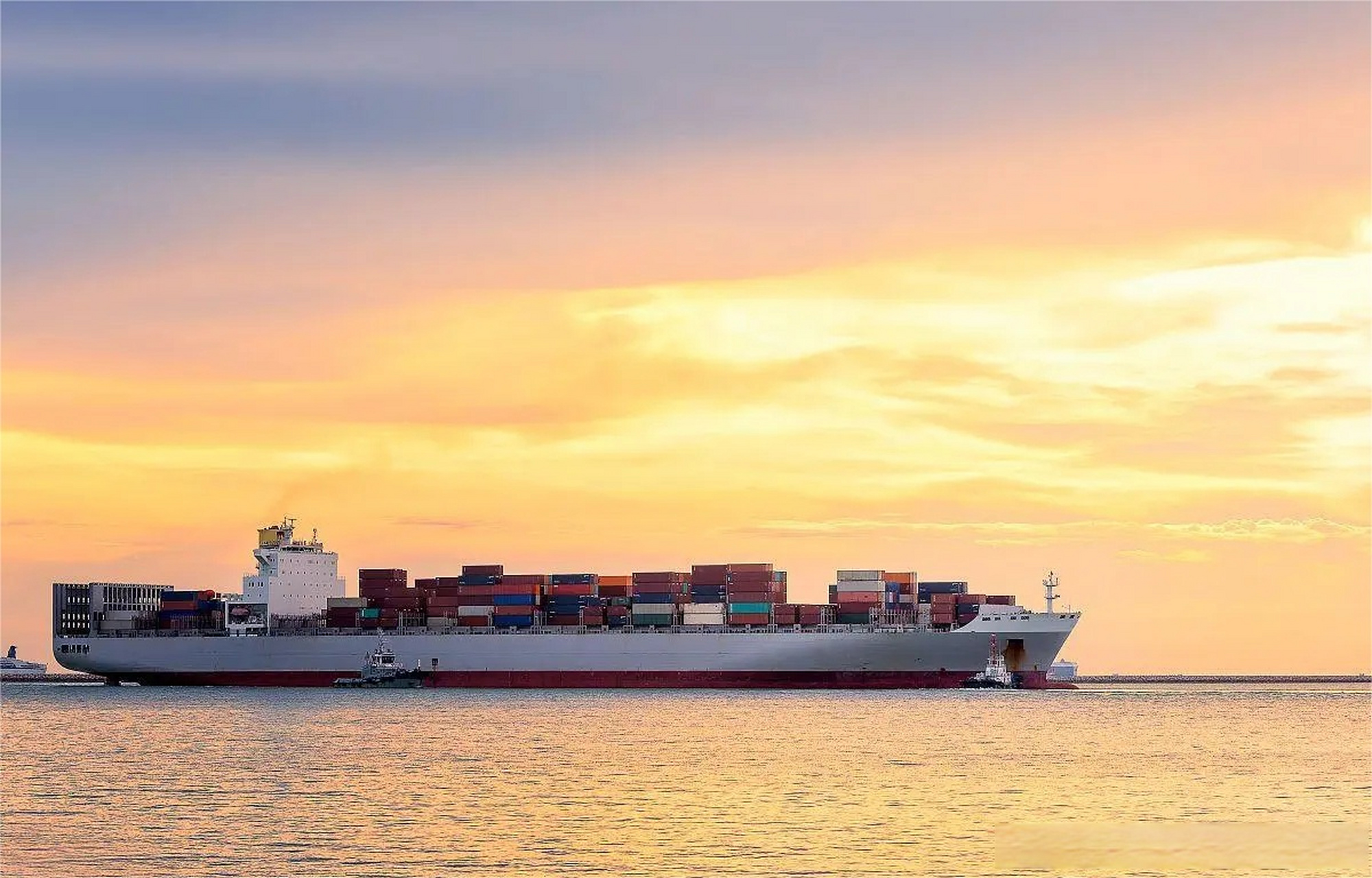In the world of ocean freight, calculating the Cubic Meter (CBM) of your shipment is a crucial step, especially when shipping to the Philippines. Understanding how to calculate CBM for Philippines ocean freight accurately can help you estimate costs, plan container space, and ensure smooth logistics operations. This guide will walk you through the essential steps and considerations for calculating CBM effectively.
1. Understand the Basics of CBM
Define CBM
CBM, or Cubic Meter, is a unit of measurement used to calculate the volume of goods in the freight industry. It represents the total space that your cargo occupies, and shipping lines often use it, along with weight, to determine freight charges. For ocean freight to the Philippines, knowing the CBM of your shipment helps carriers allocate the right amount of space on vessels.
Know the Importance
Accurate CBM calculation impacts your shipping costs significantly. If you underestimate the CBM, you may face additional charges at the port. Overestimating might lead to inefficient use of container space and higher costs. Thus, getting the CBM right is essential for cost-effective shipping to the Philippines.
2. Measure Your Goods
Gather Measuring Tools
Before you start, ensure you have the right tools. You’ll need a measuring tape or ruler to take length, width, and height measurements. For larger items, a laser measurer can be more convenient and accurate. Make sure your measuring tools are calibrated correctly for precise results.
Take Precise Measurements
Measure each side of your goods in meters. For regular-shaped items, measure the length, width, and height at the longest, widest, and tallest points respectively. For irregular items, measure the overall dimensions that the item occupies in three-dimensional space. If you have multiple identical items, measure one piece and multiply the volume by the quantity.
3. Calculate the Volume
Use the Formula
The formula for calculating CBM is simple: CBM = Length (m) × Width (m) × Height (m). Once you have the measurements, multiply them together to get the volume of a single item. For example, if an item is 2 meters long, 1.5 meters wide, and 1 meter high, its CBM would be 2 × 1.5 × 1 = 3 CBM.
Account for Multiple Items
If you’re shipping a mix of different items, calculate the CBM for each item separately using the above formula. Then, sum up the CBM of all items to get the total CBM for your shipment to the Philippines. This total CBM will be used by shipping lines to determine freight costs.
4. Consider Special Cases
Palletized Goods
When shipping goods on pallets, measure the dimensions of the pallet with the goods on it. Include the height of the pallet itself in the measurement. Some shipping lines may have specific rules regarding palletized cargo, so it’s important to check their requirements in advance.
Compressible Items
For compressible items like textiles or foam products, shipping lines might have their own methods of calculating CBM. In some cases, they may use a volumetric weight formula or require the goods to be compressed to a certain extent before measurement. Familiarize yourself with these rules to avoid discrepancies in CBM calculation.
5. Double-Check and Confirm
Review Your Calculations
After calculating the CBM, review your measurements and calculations carefully. A small error can lead to significant differences in the final CBM. You can also cross-check your results with industry-standard guidelines or consult with experienced freight forwarders, similar to those from China Top Freight, if you’re unsure.
Communicate with Shipping Partners
Once you’re confident in your CBM calculation, communicate the details to your shipping partners, including carriers and freight forwarders. They can use this information to plan the shipment better and provide you with accurate freight quotes for your Philippines ocean freight.
In conclusion, learning how to calculate CBM for Philippines ocean freight involves understanding the concept, precise measurement, accurate calculation, handling special cases, and careful verification. By following these steps, you can ensure that your CBM calculations are accurate, helping you manage shipping costs and logistics efficiently when sending goods to the Philippines. Utilize China Top Freight to help solve the problems you are facing. Contact us today to embark on your smooth transportation journey!


